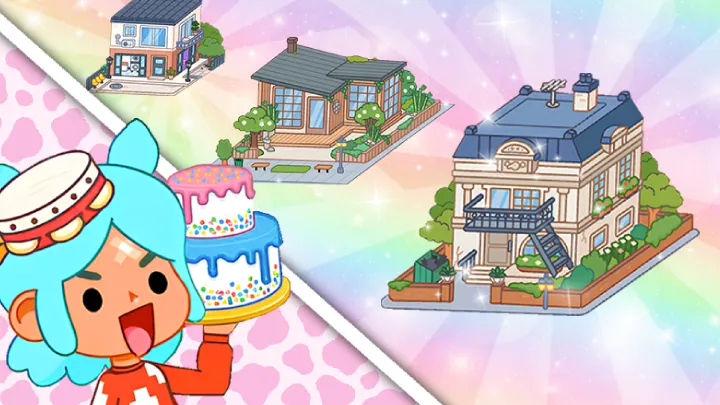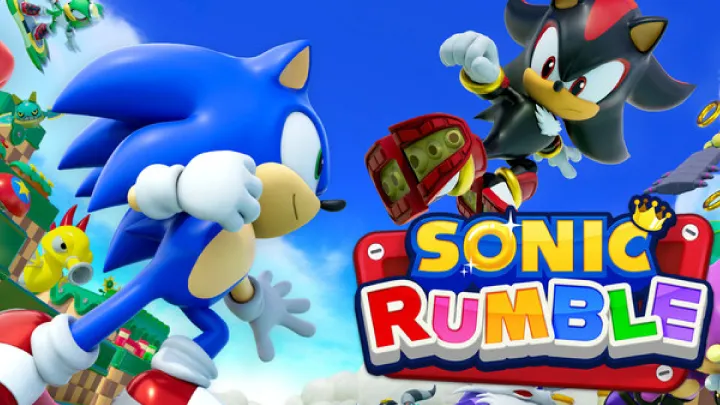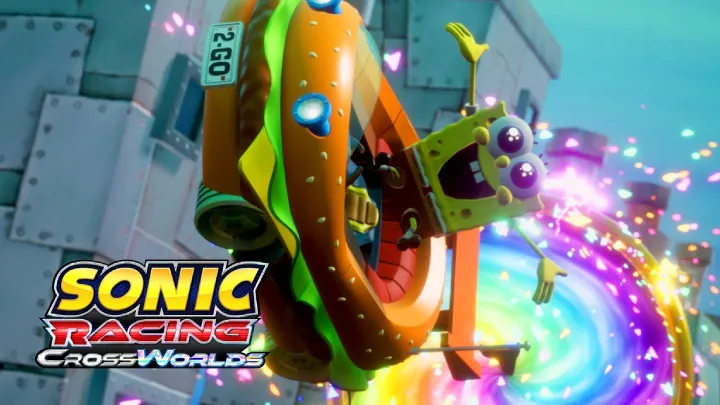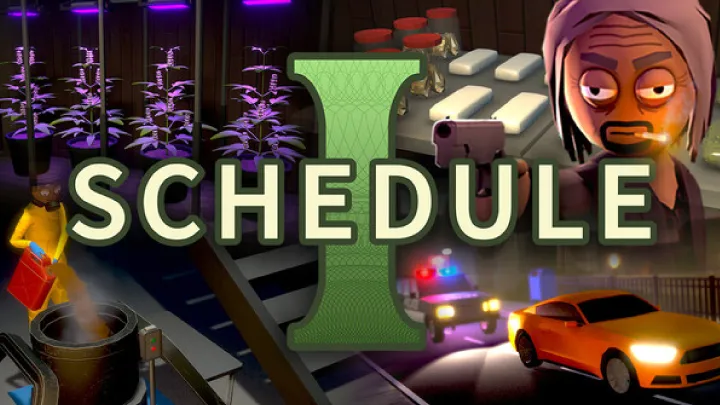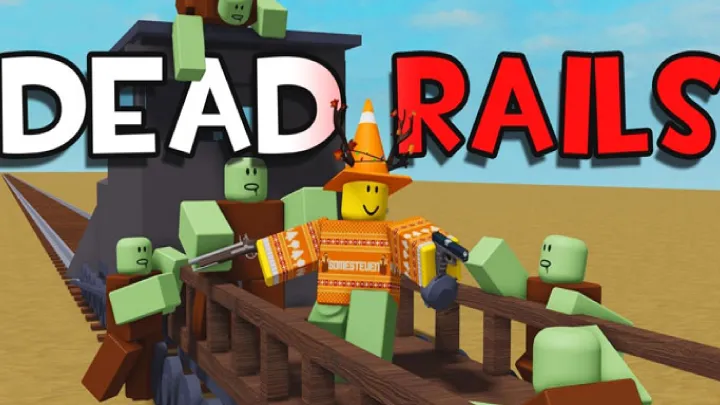Toca Life World, at first glance, appears to be a whimsical digital dollhouse. However, beneath its charming, playful surface lies a sandbox of unparalleled creative potential. It is a canvas for advanced storytelling, character development, and world-building. While a new player might simply move characters around, a true Toca master understands that the game's core strength lies in its hidden interactions, interconnectedness, and the ability to craft rich, immersive narratives. This guide is not for casual players; it is a deep dive into the philosophy and practical application of Toca Life World's most profound features, transforming you from a passive participant into an active creator of your own vibrant universe.
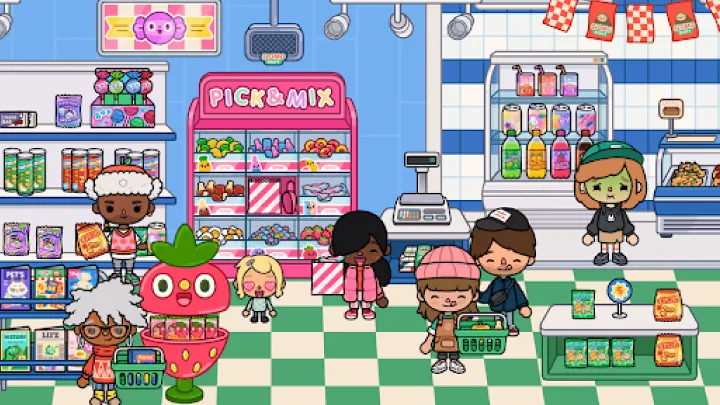
Part 1: The Philosophy of Toca
To truly master Toca, one must first abandon the traditional notion of "playing" a game with fixed objectives. Toca is a platform for free-form expression.
1. Embracing the Blank Slate:
- No Rules, No Goals: The most fundamental principle of Toca is the absence of rules. There are no levels to beat, no points to earn, and no missions to complete. This is not a weakness; it is a design choice that puts the power of purpose entirely in your hands. A master player embraces this freedom, seeing every location and character as a tool for their story, not an obstacle to overcome.
2. The Power of Observation:
- Look for the Hidden: Every location in Toca Life World is a treasure trove of secrets and Easter eggs. A master player's first step in a new location is not to play but to explore. Drag and drop every object. Tap on every light switch. Investigate every corner. This is how you uncover the hidden features—the secret buttons, the surprising transformations, and the unique interactions that will enrich your stories.
Part 2: Advanced Storytelling and Character Development
The magic of Toca is in the stories you tell. A master storyteller moves beyond simple playacting to create compelling narratives.
1. Character Archetypes and Backstories:
- More Than Just a Look: The Character Creator tool is powerful, but a true master uses it to define personality, not just appearance. Give your characters a backstory. Why are they wearing those clothes? Where do they come from? Are they a nervous inventor, a grumpy wizard, or a cheerful baker? These details inform their actions and make your stories feel more real.
- Emotional Range: Toca characters can show a surprising range of emotions through subtle animations and sound effects. Pay attention to these cues. Does a character sigh when they sit down? Do they look nervous when you put them near another character? Use these emotional details to add depth to your narrative.
2. The Art of Location-Based Storytelling:
- Every Room Has a Story: A master storyteller understands that each location—from the school to the salon—has its own potential narrative. The school isn't just a place to learn; it's a setting for a high-stakes science fair. The salon isn't just for haircuts; it's a secret spy headquarters. Use the environment as a character in your story, not just a backdrop.
Part 3: Mastering the Mechanics and Interconnectedness
While the game seems simple, there are advanced mechanics that allow for complex interactions and endless creative possibilities.
1. The "Drag and Drop" as a Narrative Tool:
- The Magic of Objects: In Toca, objects are more than what they appear to be. A master knows that a simple cup can be filled, a potato can be cooked, and a pillow can be thrown. The drag-and-drop mechanic is your primary tool for creating cause and effect, driving your stories forward with tangible actions.
- Item Persistence: Items you leave in one location can often be found later. This persistence is a powerful tool for storytelling. A master uses it to create an interconnected world, where a character might leave a lost item at the mall, and another character finds it later at the post office.
2. The Home Designer and the Art of World-Building:
- Crafting the Universe: The Home Designer is your world-building studio. A master uses it to create not just a house, but a home that reflects a character's personality. Is it a messy artist's loft? A clean, minimalist apartment? Every piece of furniture and every color choice is a narrative decision that adds to your world.
Part 4: The Social Dimension and the Toca Community
Toca Life World is a single-player game, but the community built around it is what gives it infinite replayability.
1. Inspiration and Collaboration:
- Learning from Others: The Toca community on platforms like YouTube and TikTok is a vast resource. A master player watches videos not to copy, but to learn new tricks, discover hidden secrets, and gain inspiration for new stories and builds. You can discover new ways to use the same objects and locations, unlocking creative potential you didn't know existed.
2. Sharing Your Creations:
- Become a Storyteller to Others: The ultimate goal of a Toca master is to share their creations. Record your stories. Showcase your home designs. This act of sharing is what completes the creative cycle, allowing you to inspire others and become a part of the vibrant, imaginative Toca community.
Conclusion: Infinite Worlds, One Imagination
Toca Life World is a testament to the fact that the most powerful games are not those with the most complex rules, but those that give you the freedom to create your own. By embracing its open-ended nature, learning its hidden mechanics, and connecting with a community of fellow creators, you will find that Toca Life World is more than a game—it's a portal to a universe of infinite stories, limited only by the boundaries of your own imagination.
For more inspiration, you can watch this video about Toca Boca Secrets and Hacks.








